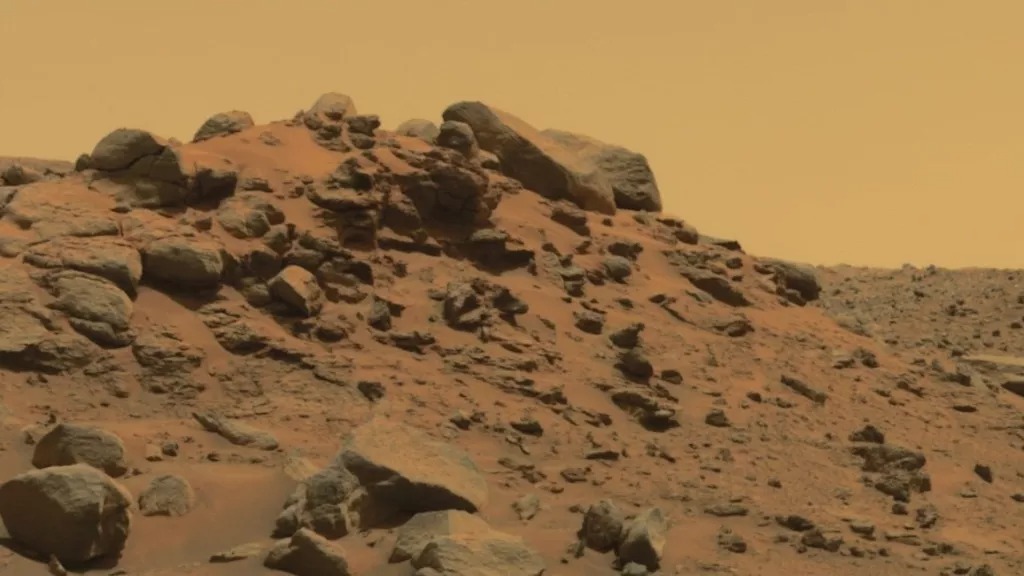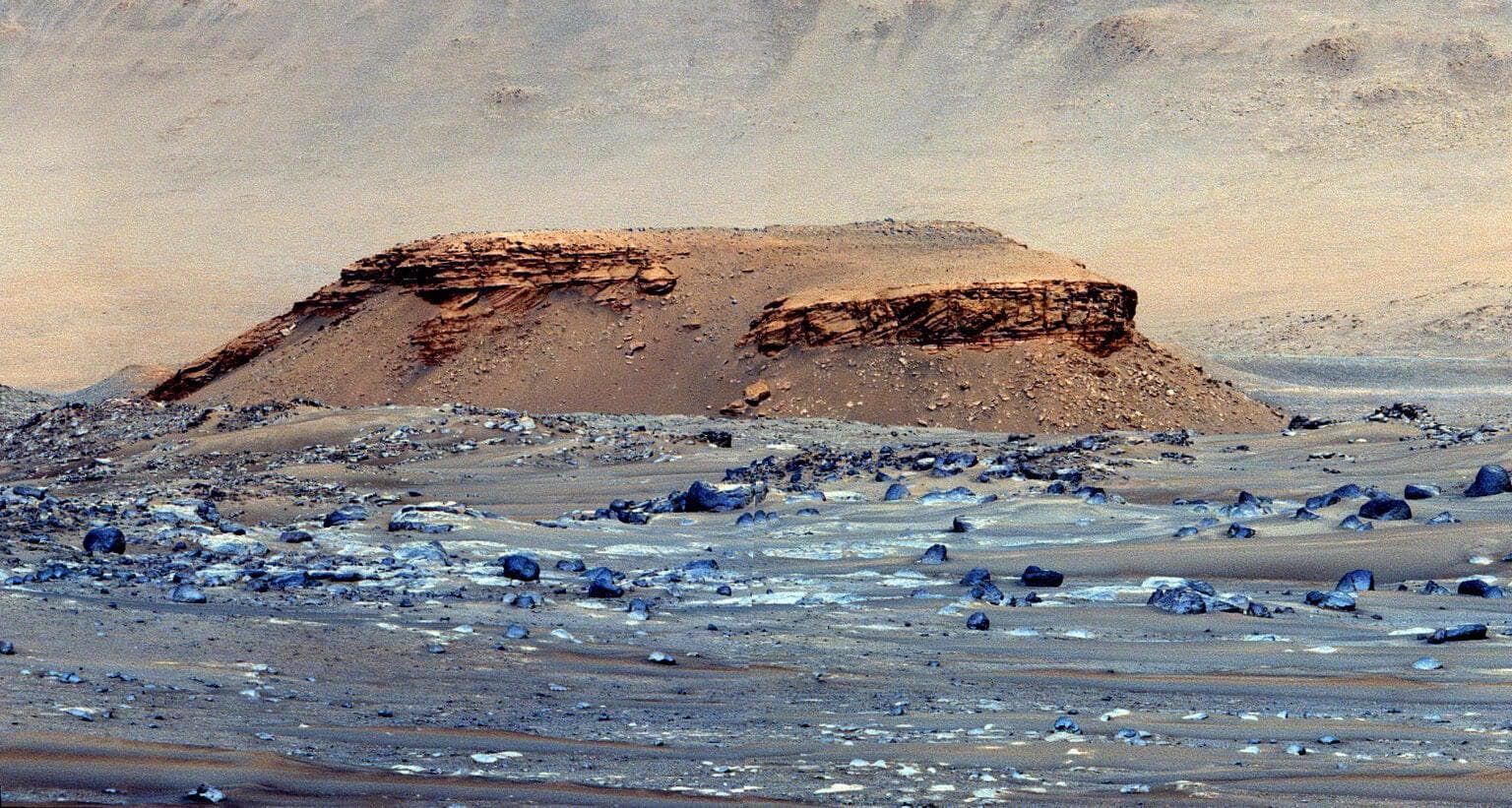An unusual type of rock discovered by the Perseverance and Curiosity rovers may indicate the turbulent past of Mars. According to geologists, the Martian landscape was formed as a result of extremely violent volcanic eruptions.

The Nili Fossae region of Mars, including the Jezero crater, which Perseverance is currently exploring, is filled with bedrock laden with the volcanic mineral olivine. The same olivine-rich rock was also found at the Gusev Crater, where NASA’s Spirit rover made its last trip in 2010.
Key component of the mystery of Mars’ past
It’s remarkable, this connection between the regions was discovered only 12 years later. The discovery was made by a team of scientists led by planetary geologist Steve Ruff from Arizona State University. The researchers examined data from several rovers to confirm the geological similarity.

As a result, it was established that rocks from the Gusev and Jezero craters could be formed as a result of similar processes. And this connection was found in one of the rocks, which is also found on Earth. This rock is ignimbrite, which was formed from ash, pumice and pyroclastic flows of powerful volcanic eruptions.
Argument to return samples from Perseverance
“No one has previously proposed ignimbrites as an explanation for the olivine-rich bedrock on Mars. Imagine a cloud of hot gases and almost molten ash and pumice, spreading across the landscape for tens of kilometers and accumulating in layers up to hundreds of meters thick in just a few days,” Raff said.
To confirm the presence of ignimbrite on Mars, scientists will have to study the rock in a ground laboratory. Thus, the researchers are waiting impatiently for the planned mission to return samples from Perseverance back to Earth.
According to Space.com
Follow us on Twitter to get the most interesting space news in time
https://twitter.com/ust_magazine

